 |
| Fort Number 8 | Pre-Civil War Buildings | Gould Memorial Library | Hall Of Fame | Breuer Buildings |
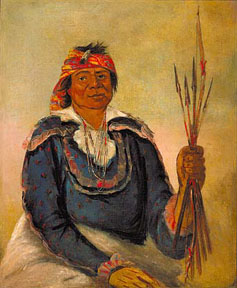 |
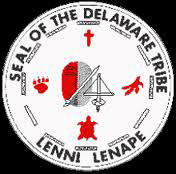 |
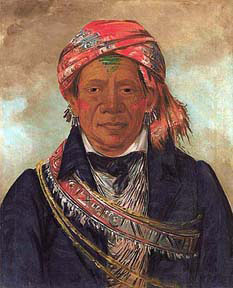 |
Lenape Indians When the Dutch arrived in The Bronx in the 17th century they encountered Native Americans known as the Lenape, meaning the real or true people (Bolton 3). The Lenape, who were also known as the Lenni Lenape or later as the Delaware Indians, lived in bark covered houses (long houses) and sustained themselves on corn which they grew and by hunting and fishing in the wilderness of The Bronx (Bolton 16).
Lenape society divided itself into clans based on the maternal line. Further subdivisions arose via language dialects or by “chieftaincies” (Bolton 9). In the 17th century the Bronx was divided between two sub groups of Lenape: the Siwanoy on the eastern shore and the Weckquaesgeek in the west (Bolton 136). In addition to the western Bronx, the Weckquaesgeek Lenape’s territory also included Yonkers, much of the western part of Westchester County and the upper part of Manhattan. In fact, a Sachem or chief of the Weckquaesgeek by the name of Rechewac is known to have been headquartered in Manhattan at what today is 94th Street and Park Avenue--proving the timeless appeal of a Park Avenue address (Bolton 10). The Weckquaesgeek Lenape in the Bronx called the area encompassing University Heights, Keskeskeck (Jones 424). The name was recorded in a legal document when the Dutch West India Company purchased Keskeskeck on August 3, 1639 from Lenape sachems Freequemeck, Rechgawar and
Works CitedBolton, Reginald Pelham. Indian Life of Long Ago in the City of New York. New York: Crown Publishers, 1972. Photo Credits
|
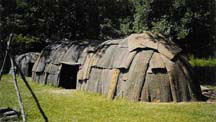
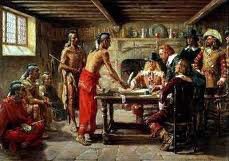 Packanmans (Schwab 3). Over the centuries war, disease and an influx of new settlers pushed many of the Lenape westward into the Ohio valley. On July 4, 1866 the Lenape signed a treaty with the United States government that provided them land in the Oklahoma territory. Today, the majority of Lenape reside in Oklahoma (Indian Artifact.com Lenni-Lenape Indian).
Packanmans (Schwab 3). Over the centuries war, disease and an influx of new settlers pushed many of the Lenape westward into the Ohio valley. On July 4, 1866 the Lenape signed a treaty with the United States government that provided them land in the Oklahoma territory. Today, the majority of Lenape reside in Oklahoma (Indian Artifact.com Lenni-Lenape Indian).

 http://www.phillyarchaeology.org/more/nativeamerican/background.htm
http://www.phillyarchaeology.org/more/nativeamerican/background.htm http://www.felihkatubbe.com/Lenape/
http://www.felihkatubbe.com/Lenape/ http://www.nps.gov/sapa/planyourvisit/new-netherland-the-dutch-commercial-colony.htm
http://www.nps.gov/sapa/planyourvisit/new-netherland-the-dutch-commercial-colony.htm http://www.redeaglecreations.net/print/specialscatalog.html
http://www.redeaglecreations.net/print/specialscatalog.html